SUMMARY
This is AI generated summarization, which may have errors. For context, always refer to the full article.
![[OPINION] My old home by the sea](https://www.rappler.com/tachyon/2021/04/old-home-by-the-sea-april-15-2021-sq.jpg)
Living beside Batangas Bay when I was a child opened my eyes to the beauties and perils of a home by the sea. While not being a sought-after shoreline, with its black sand and not-so-clear waters (our neighbors would pour wastewater from laundry tubs and kitchen sinks directly into the sea via small, man-made canals) this place taught me a lot.
Back then, forecasts on incoming tropical cyclones would come from radio or television news, courtesy of the late Ka Ernie Baron. There was no social media to provide real-time updates.
The closest to real-time updates I could get were from hearing young fishermen shouting at each other to move their boats, inching their vessels away from the monstrous sea waves brought about by strong winds. It was a textbook type of bayanihan, like when neighbors transferred bahay kubos from one place to another.
(These large fishing boats, locally called pukutan, are usually allowed to remain afloat, anchored not so far from shore, since moving them would take more time and manpower than moving small ones. This way, fishermen could easily go back to the sea just as the sun rises.)
But how I would remember impending storms changed in May 2006.
Typhoon Caloy
In May 2006, Caloy (international name: Chanchu) first approached Eastern Visayas, then crossed the Sibuyan Sea towards Mindoro. It was a typhoon by the time it was close to where we were, and we were near where the strongest winds were.
Caloy was part of the 2006 Pacific Typhoon Season, whose most infamous storms were Milenyo (international name: Xangsane) and Reming (international name: Durian). But it was Caloy that I would never forget in my many years of observing tropical cyclones in the Philippines.
A huge storm surge swept quickly on the morning of May 12. We woke up to our house ankle-deep in seawater. My father had to check if our then three-year-old tricycle was still working so we could evacuate to my aunt’s apartment downtown. Our house then was on a low elevation, so it was no surprise that water from the sea had quickly filled our backyard.
It was not until the afternoon that the water subsided and it was safe enough for us to go back. The mango and langka trees planted by my late maternal grandmother had died. What remained of her once flourishing garden were the coconut trees, living yet mute witnesses to the changing landscape. They are still standing to this day.

Rising sea levels
Caloy was 15 years ago. That same year, we moved out for fear of experiencing another storm surge.
Over the years, whenever I would visit my old barangay, it was easy to notice how the once vast shoreline where I used to play as a kid, especially during low tide, has now been engulfed by the sea. Back in the day, vacations would mean building sandcastles we would mightily defend from the raging waves, and looking for ipas (little crab-like creatures that bury themselves in the sand).
But gone are those days. Now, the once-long shoreline is protected by a boulevard that acts as a breakwater. Children are now confined to small spaces between fishing boats and houses. There is no space to run over the small humps made by the low tide’s receding waters. To people who have lived by the sea all their lives, this sense of constriction could not be denied.
I fear that one day, the sea levels will rise faster, and that when a violent storm comes, the storm surge would reach more homes. Worse, these events exacerbated by the changing climate could force people to permanently settle elsewhere.
A 2019 study projects that the rise in sea levels will affect millions of Filipinos. This report by Climate Central highlights that by 2100, “areas now home to 200 million people could fall permanently below the high tide line.” It further notes that the greatest effects will be felt in Asia, particularly Mainland China, Bangladesh, India, Vietnam, Indonesia, and Thailand. (See map here.)
Much has been said about how we should drastically change our behavior primarily as individuals, rather than making governments and big companies accountable for the environmental damage they continually cause. This shift in mindset, that treads on consumer behavior, consumption patterns, and economies, are not merely suggestions that should be sidestepped depending on the severity of disasters. These are realities that will one day be the burden of future generations.
Unless we act, both through small ways and through demanding bigger entities to do their share, millions will continue to live in danger of losing their homes and their lives for good.
I hope I live long enough to see my old home again, the place where my ancestors had lived, and that it will not just become another tale under the sea. But if there is no stopping this change, at least I have photographs from my childhood to remind me of where I first saw the light of day. – Rappler.com
Edward Joseph H. Maguindayao is a graduate student at UP Diliman. He goes back every now and then to his old home to see the coconut trees planted by his grandmother.
Add a comment
How does this make you feel?
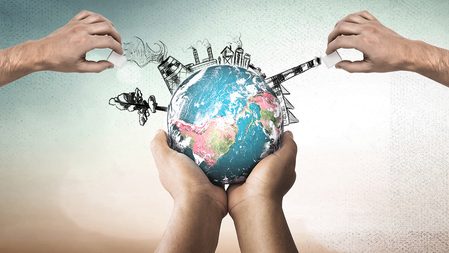

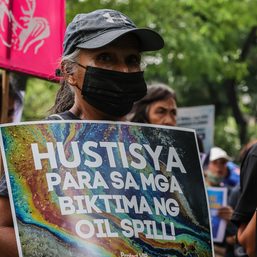
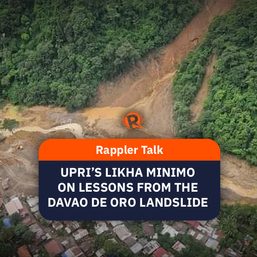
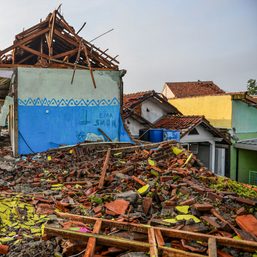
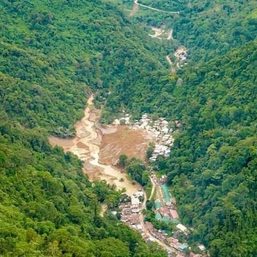

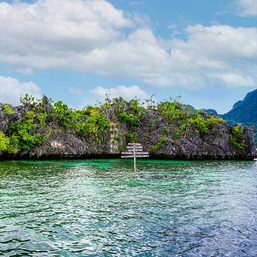



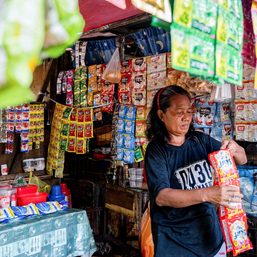
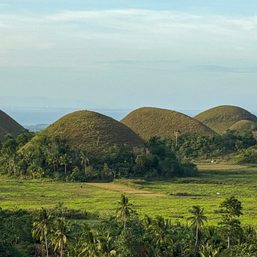

There are no comments yet. Add your comment to start the conversation.